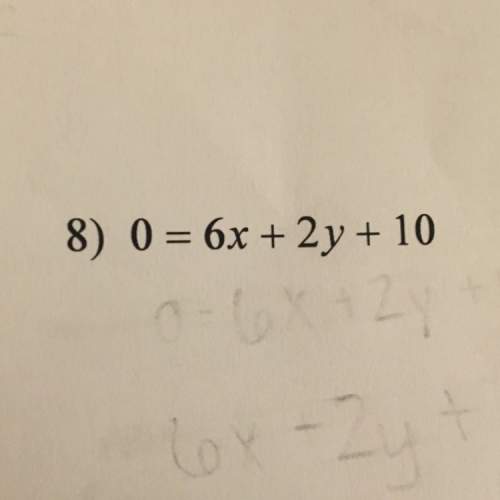
Mathematics, 12.10.2020 20:01 layla07
Four students discussed how the organelles of an animal cell contribute to the process of removing waste. Use their explanations to answer the question below.
Student A: When waste is produced by the cell, the nucleus gives instructions for waste removal to occur in the cell. The mitochondria breaks down the waste, the cytoplasm moves the waste from the lysosome to the cell membrane, which releases it from the cell.
Student B: When waste is produced by the cell, the nucleus gives instructions for waste removal to occur in the cell. The lysosome breaks down the waste and the cytoplasm releases it from the cell.
Student C: When waste is produced by the cell, the nucleus gives instructions for waste removal to occur in the cell. The mitochondria breaks down the waste and the cell membrane releases it from the cell.
Student D: When waste is produced by the cell, the nucleus gives instructions for waste removal to occur in the cell. The lysosome breaks down the waste, the cytoplasm allows the waste to move across the cell from the lysosome to the cell membrane, which releases it from the cell.
Which student’s explanation is most complete in describing how organelles work together to remove waste?
A.
Student C
B.
Student B
C.
Student D
D.
Student A

Answers: 1


Other questions on the subject: Mathematics



Mathematics, 22.06.2019 02:30, misk980
Atrain traveled for 1.5 hours to the first station, stopped for 30 minutes, then traveled for 4 hours to the final station where it stopped for 1 hour. the total distance traveled is a function of time. which graph most accurately represents this scenario? a graph is shown with the x-axis labeled time (in hours) and the y-axis labeled total distance (in miles). the line begins at the origin and moves upward for 1.5 hours. the line then continues upward at a slow rate until 2 hours. from 2 to 6 hours, the line continues quickly upward. from 6 to 7 hours, it moves downward until it touches the x-axis a graph is shown with the axis labeled time (in hours) and the y axis labeled total distance (in miles). a line is shown beginning at the origin. the line moves upward until 1.5 hours, then is a horizontal line until 2 hours. the line moves quickly upward again until 6 hours, and then is horizontal until 7 hours a graph is shown with the axis labeled time (in hours) and the y-axis labeled total distance (in miles). the line begins at the y-axis where y equals 125. it is horizontal until 1.5 hours, then moves downward until 2 hours where it touches the x-axis. the line moves upward until 6 hours and then moves downward until 7 hours where it touches the x-axis a graph is shown with the axis labeled time (in hours) and the y-axis labeled total distance (in miles). the line begins at y equals 125 and is horizontal for 1.5 hours. the line moves downward until 2 hours, then back up until 5.5 hours. the line is horizontal from 5.5 to 7 hours
Answers: 1

Mathematics, 22.06.2019 04:10, 1andonlyrob
In right triangle xyz, the right angle is located at vertex y. the length of line segment xy is 12.4 cm. the length of line segment yz is 15.1 cm. which is the approximate measure of angle yzx? 34.8° 39.4° 50.6° 55.2°
Answers: 2
You know the right answer?
Four students discussed how the organelles of an animal cell contribute to the process of removing w...
Questions in other subjects:



Spanish, 03.03.2021 22:40

Chemistry, 03.03.2021 22:40


Biology, 03.03.2021 22:40

Chemistry, 03.03.2021 22:40


History, 03.03.2021 22:40




